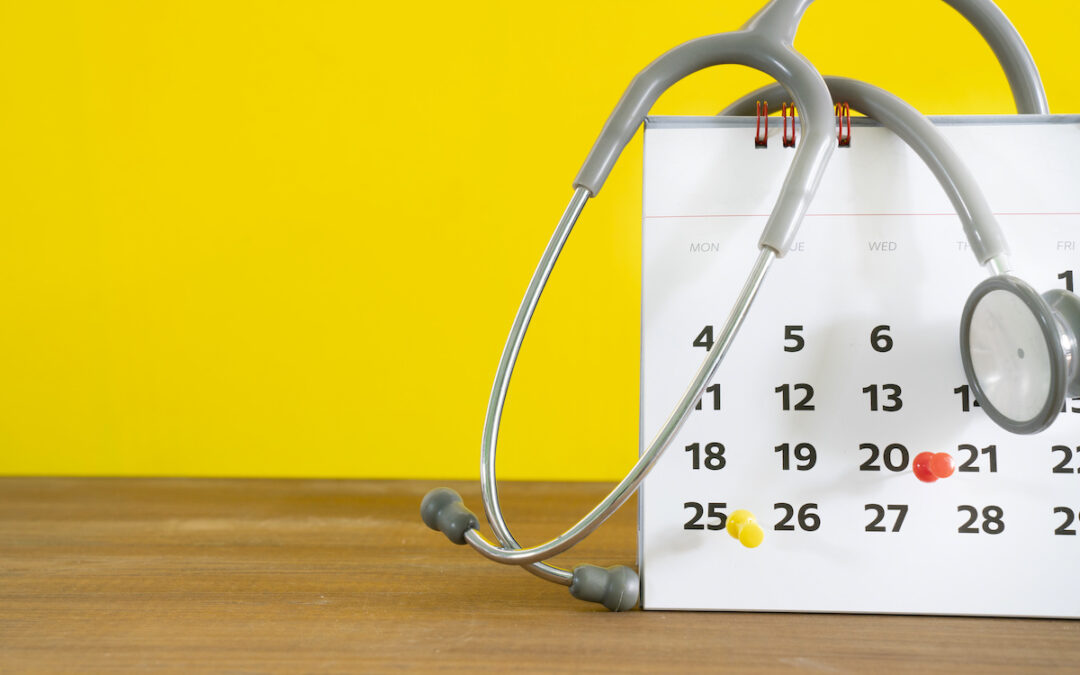When it comes to exercise, there is always good advice on how to prepare for your routine and how to get yourself back on track. More often than not, however, people ignore this advice and start exercising right away without any knowledge of their physical state. Physical checkups are important, much more when getting started with a fitness routine. Let’s look into what to expect from a physical checkup.
Many times, people have the mindset that they can start working out really hard and they’ll just be able to keep up. However, if you are someone who has never exercised before or if you are coming back from a long hiatus from exercise, then perhaps a medical checkup would be a better place to start rather than diving straight into a workout schedule.
A simple visit to the doctor brings peace of mind. It can also help you get oriented with proper workout routines and methods without having to worry too much about any risks posed by starting an exercise regimen. You should consider where you want to go for that medical checkup. Different places provide different sets of services beyond just prescribing medications and performing physicals, so it’s highly recommended that you weigh your options carefully. You can find the best medical professional for you.
Things To Expect From Your Checkup
Physical Examinations
The first thing to expect from a physical checkup is a thorough examination. Physical examinations usually include assessing any symptoms associated with diseases or problems related to your heart, lungs, bones, muscles, blood circulation, and other major body systems such as your hearing. Of course, you can always learn more about it by doing online research.
Physical examinations assess your heart rate, blood pressure, breathing capacity, coordination/balance, muscle tone, and sensation in certain areas such as extremities, and scalp along with reflexes in several major joints all over your body. Physicals can check the full range of motion you have at each joint as well as the presence of any lumps or abnormalities on different parts of your body.
Health History
This includes all kinds of information related to your general health, whether or not it has been diagnosed by a doctor previously or self-reported by yourself. Information such as your family history, allergies, current medications being taken, types of supplements being consumed, surgeries that have been done or are being planned, and previous illnesses. This is to help your doctor identify any issues that may be related to these factors, which could affect your exercise routine adversely.
Nutrition Assessment

A nutrition assessment includes a full dietary history as well as a discussion on your eating habits, lifestyle, and motivation for getting an exercise routine going. Nutrition assessments can include any dietary restrictions you might have, such as allergies or religious reasons, which could be hindering your ability to get enough of the nutrients needed by your body. This allows the practitioner to determine if there are any medical problems associated with those factors, which they can then address through medications or physical therapy.
Medications
Medical practitioners may prescribe medications such as vitamins depending on their findings after examining you. They could provide this, or they could tell you to buy them yourself in cases where certain tests require it, such as for your cholesterol level.
Doctor’s Appointment
Your doctor would be able to provide you with a customized routine. He can recommend ways how to maintain it based on their findings after examining you. For instance, if they find out that you have diabetes and high blood pressure, they might tell you to exercise within predetermined time periods and at specific intensities in order to help lower those factors.
Physical Therapy
In addition to the above services, some other providers or medical needs need to be addressed. Physical therapy is done mainly for those who have been diagnosed with certain conditions that require some kind of physical rehabilitation or specific exercises before they can proceed along with their regular routines. Some general problems associated with this mode of therapy include those related to the bones, muscles, ligaments, tendons, nerves, skin, and cardiovascular system.
Education
This includes instructions on performing specific exercises or routines targeted toward improving a particular part of your body’s function. It also entails instructions regarding what types of foods you should be eating to help improve/maintain good health and information on techniques that can help lower your blood pressure or increase muscle strength.
In Conclusion
In order to make sure that you get the most out of these assessments and the information they provide, it is essential for you to be honest with your doctor about all the information required. It might be hard at first, but it will pay off in the long run as they can provide you with a safe and effective program that you can then follow through with to achieve your desired results.
To a Fitter Healthier You,
The Fitness Wellness Mentor



